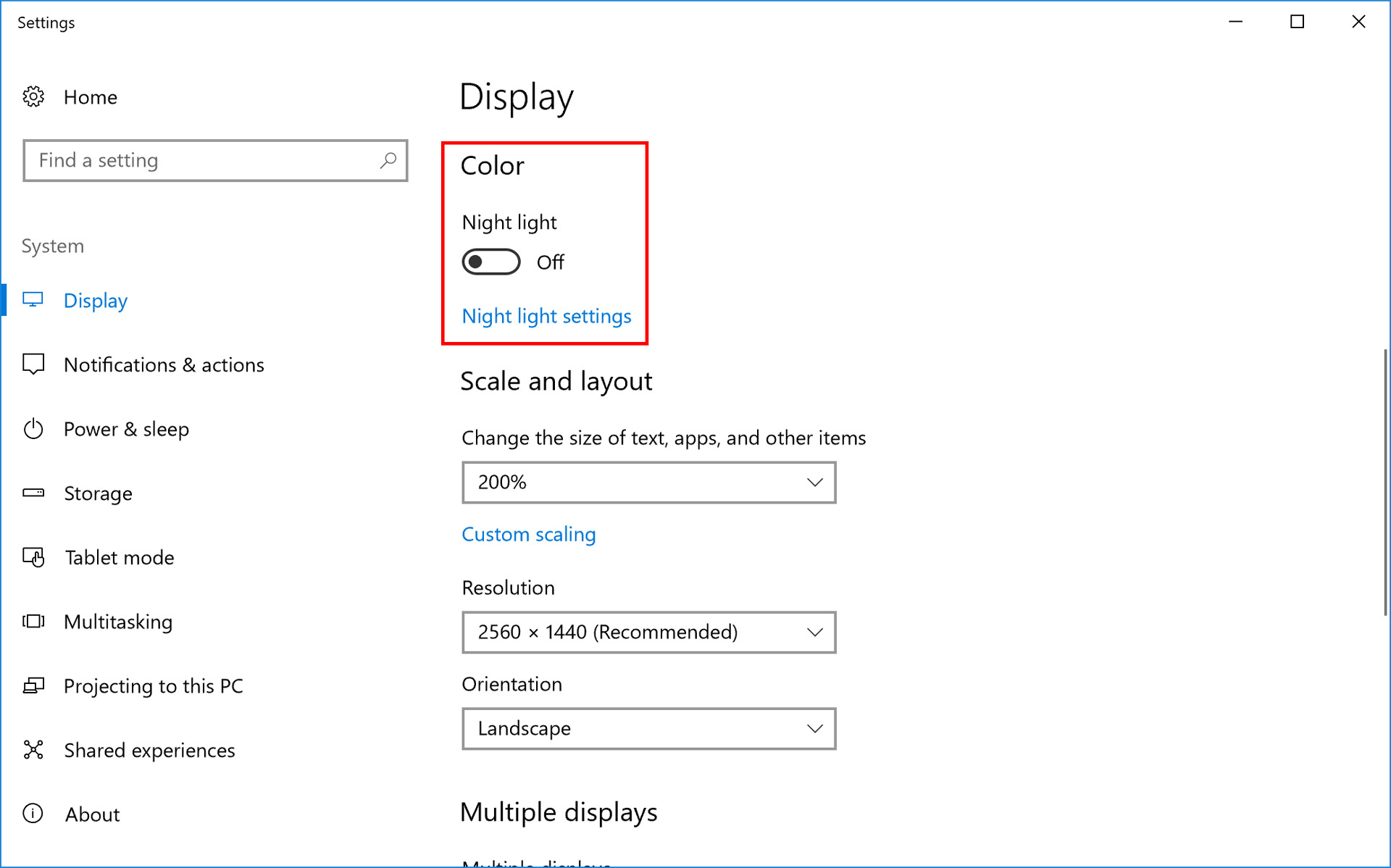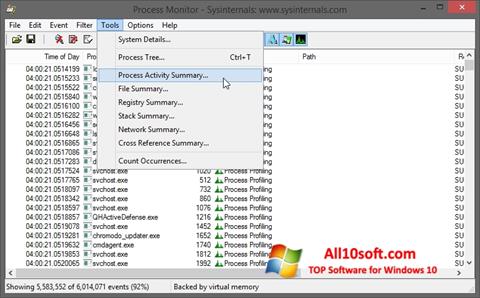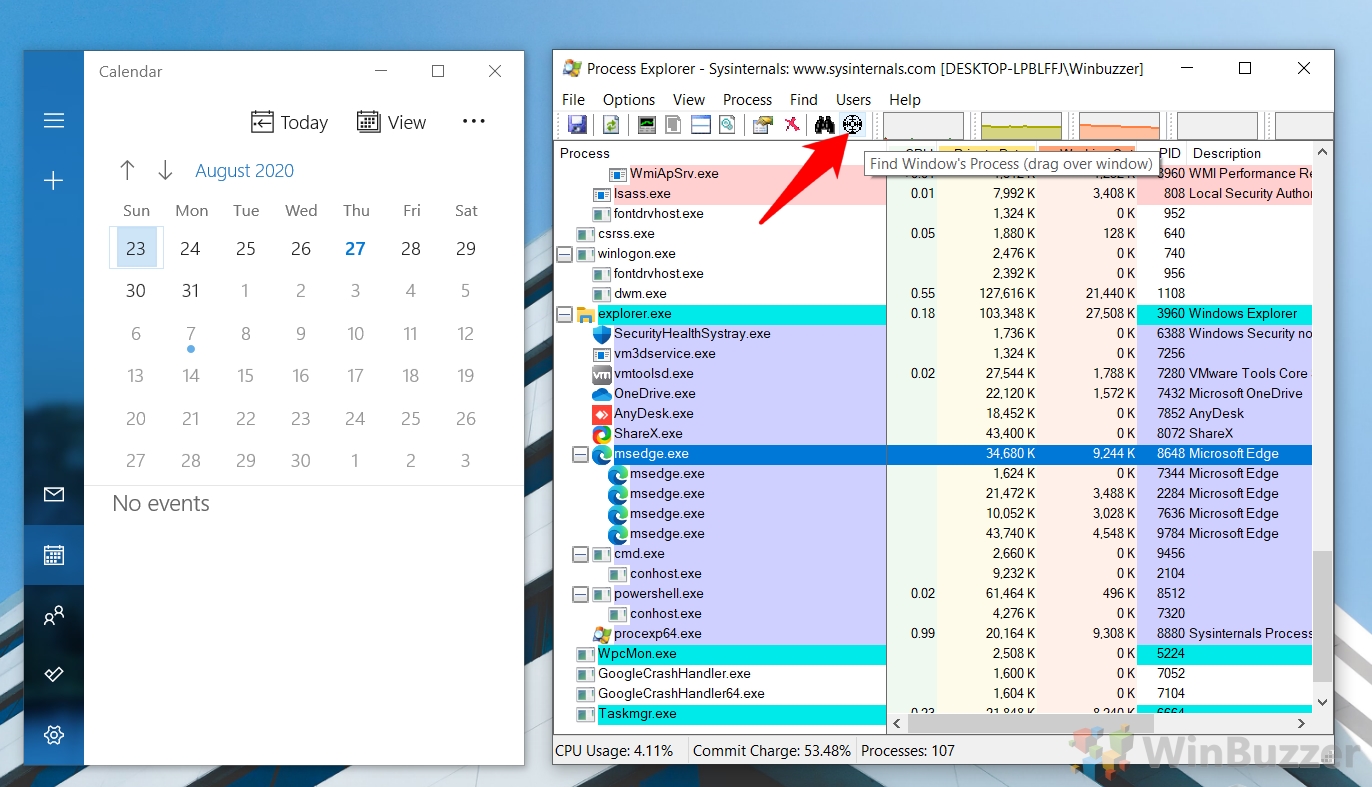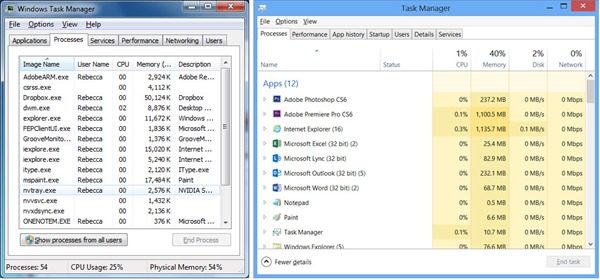

Process Monitor monitors and displays file system activity on a system in real time. You can run Process Monitor to troubleshoot system errors that are caused by file access problems in Microsoft Dynamics SL and in Microsoft Business Solutions - Solomon.Īpplies to: Microsoft Dynamics SL 2011 Original KB number: 925032 Introduction If you are stuck or need some help, comment below and I will try to help as much as possible.This article describes how to download, to install, and to run Process Monitor. When you execute the command in the admin PowerShell window, the process will automatically start with admin rights. Note: To start the process with admin rights, start the PowerShell as an administrator.

You can check out this official documentation on how to use those arguments. One good thing about PowerShell is that it allows you to attach arguments to the Start-Process cmdlet.

After killing the process, you can close the PowerShell window.Don’t forget to replace “” with the actual process ID you got earlier. Once you have the process ID, execute the “ stop-process -id ” command to stop the target process.You can see the process ID under the ID column. To get the process ID, execute the “ Get-Process” command. To stop a process via PowerShell, you need its process ID.As soon as you execute the command, the process will start with the account permissions.Don’t forget to replace the dummy process name with the actual process name. Here, execute the “ Start-Process process.exe” command to start a process.PowerShell users can follow these steps to stop or start a process in the command line. How to Start or Stop a Process in PowerShell

When you execute the command in the admin Command Prompt window, the process will automatically start with admin rights. Note: To start the process with admin rights, start the Command Prompt as an administrator. It will force close all non-responsive processes.


 0 kommentar(er)
0 kommentar(er)
